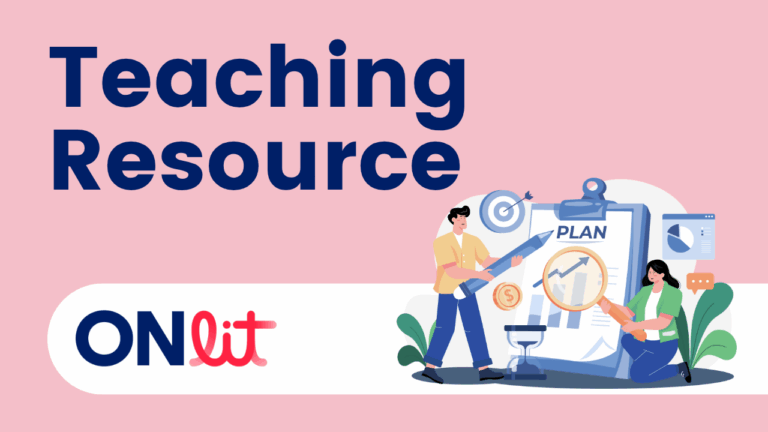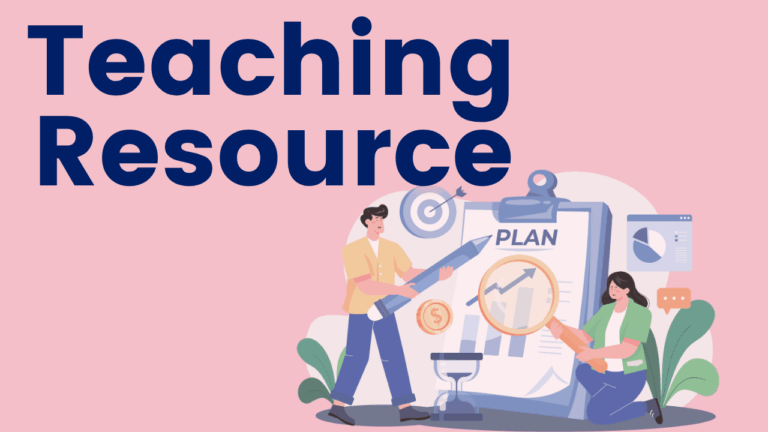Thinking About Comprehension
In this brief video, Nancy Hennessy shares insights into the elements of comprehension and how educators can facilitate comprehension for students through Structured Literacy instruction.

In this brief video, Nancy Hennessy shares insights into the elements of comprehension and how educators can facilitate comprehension for students through Structured Literacy instruction.

Season 3 of Reading Road Trip wraps up with a jam-packed episode featuring Dr. Amanda VanDerHeyden. Kate and Amanda have a wide-ranging conversation about the science of learning and human behaviour – how do children learn new things? From the instructional hierarchy to incremental rehearsal, don’t miss this fabulous episode!

The Instructional Hierarchy is a model of skill acquisition. The hierarchy has been researched for decades – when we learn something new, we move through a series of predictable stages. Educators need to be aware of the instructional hierarchy since we are most effective when our instruction matches the student’s current level of proficiency. Learn…

The chapters in this anthology, by a range of expert authors, delve into the relationship between writing and reading (as well as oral language), offering both extensive research and ideas for practice. While the research can be a bit heavy at times (this is not a “quick tips to use tomorrow” kind of book), there…

Grammar on the Go is a playlist of some foundational grammar concepts covered in the new Ontario Language Arts Curriculum (2003) for Grades 1-9. The video series focuses on nouns (common, proper, singular, plural), verbs (past, present, future, progressive, perfect tenses), pronouns (first person, second person, third person), gerunds, adjectives (common, proper, comparative, superlative, pronoun…

This structured journal template, based on the work of David Liben and Meredith Liben, can be used to introduce students to the use of structured journals in their close reading of texts. While this work can be started orally with younger students, this template will be best-suited for Grades 3 and up. Before using this…

This is a collection of passages designed to be used for fluency instruction in grade 8. Developed by Lisa Rogers, Laura Bross, Ayesatta Conteh, Teresa Oud, and Catherine Shawana, each passage focuses on a diverse changemaker from across Turtle Island – individuals who stood up for themselves and others, who fought hard to overcome obstacles,…

Vocabulary knowledge must be intentionally nurtured to ensure that students are ready for the greater vocabulary demands of reading complex texts and writing multi-paragraph essays, but we need to pay attention to cracks in the foundation and scaffold our lessons accordingly, or it all falls apart. This workshop equips participants to consider the role of…

With shifts to literacy instruction and intervention and the revised 2023 Language curriculum, many schools have unused Levelled Literacy Intervention books in their book rooms. While LLI isn’t an evidence-based literacy intervention and doesn’t meet the needs of struggling readers, the individual texts can be repurposed to support structured literacy instruction. Developed by Catherine Shawana…

Thank you to Greater Essex County DSB for generously sharing this spreadsheet! It contains sets of texts aligned with content from the 4 frames (kindergarten), social studies and science curricula (grades 1 – 6), and history and geography curricula (grades 7 and 8). These content-rich texts are meant to be used in repeated shared…

This resource is for all educators who work with students with autism. While many books on this topic focus on social and behavioural needs, this book offers a comprehensive focus on curriculum and instruction for this population of students. Early chapters on characteristics of autism and how core deficits affect language and learning are valuable…

In this video, Dr. Anita Archer models an explicit vocabulary lesson with older students. Note how Dr. Archer involves active participation: students are engaged throughout. Note also the high level of teacher-student interaction. See if you can count the number of “serve and return” interactions!

Funding for ONlit.org is provided by the Ministry of Education. Please note that the views expressed in these resources are the views of ONlit and do not necessarily reflect those of the Ministry of Education.
© 2025 ONlit. All rights reserved.